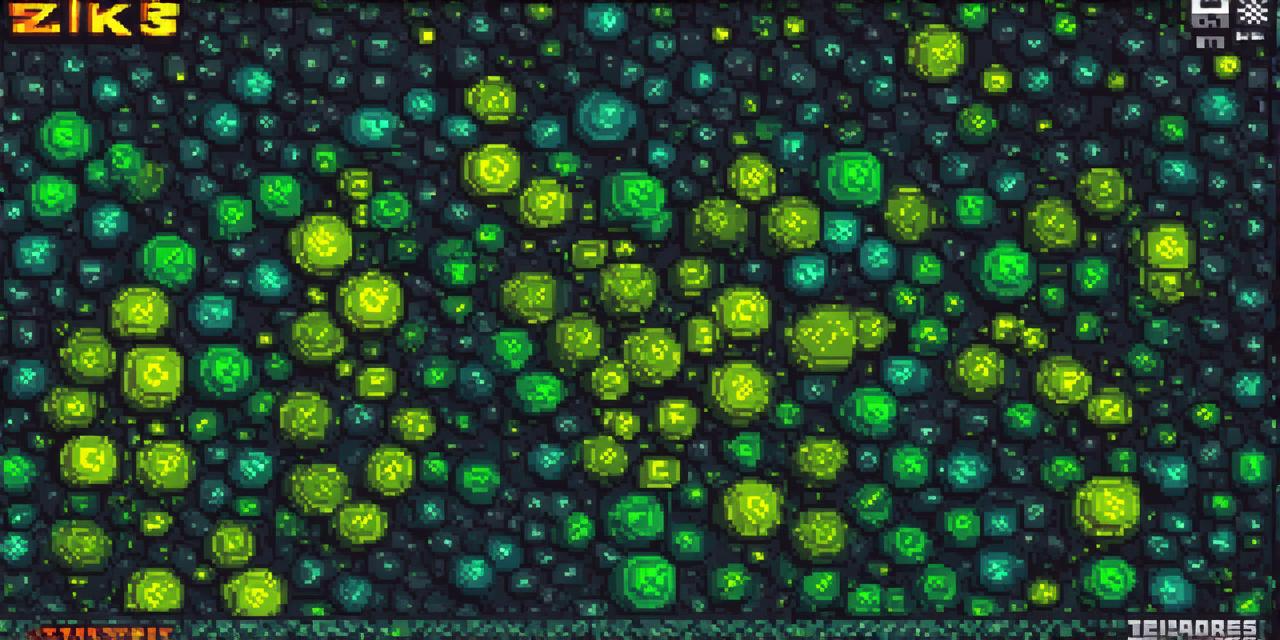
Introduction:
Creating a video game can be an exciting and challenging process for game developers. It requires a unique set of skills and knowledge in various fields such as programming, art, design, and marketing.
In this guide, we will take you through the entire process of making a video game, from concept to launch. We will provide you with practical tips, case studies, and expert opinions to help you create a successful game.
1. Define your game concept:
The first step in creating a video game is to define your game concept. This involves brainstorming ideas, identifying your target audience, and determining the type of game you want to create. Some popular game genres include action, adventure, puzzle, sports, strategy, and simulation.
It’s important to choose a genre that resonates with your target audience and has a unique selling point that sets it apart from other games in the market.
2. Create a game design document (GDD):
Once you have defined your game concept, you need to create a game design document (GDD). The GDD is a detailed blueprint of your game that outlines its features, mechanics, levels, characters, and storyline. It serves as a roadmap for the development team and helps ensure that everyone is on the same page.
A well-written GDD can also attract potential investors and publishers.
3. Choose your game engine:
The game engine is the software that you use to create your game. There are many game engines available, each with its own strengths and weaknesses. Some popular game engines include Unity, Unreal Engine, GameMaker, Construct, and Stencyl.
You need to choose a game engine that suits your game concept, budget, and technical expertise.
4. Assemble your development team:
Creating a video game is a collaborative effort that requires a diverse set of skills. You need to assemble a development team that includes programmers, artists, designers, sound engineers, and testers.
It’s important to choose team members who have experience in their respective fields and are passionate about creating games.
5. Develop your game:
The development process involves implementing the features and mechanics outlined in the GDD, creating art assets, and testing the game for bugs and glitches. You need to manage your team effectively, communicate regularly, and stay on schedule to ensure that your game is completed on time and within budget.
6. Test your game:
Testing is a crucial stage in the development process that involves finding and fixing bugs, improving performance, and ensuring that the game is balanced and fun to play. You need to test your game thoroughly on various platforms and devices to ensure that it works seamlessly across all platforms.
7. Launch your game:
Once you have developed and tested your game, you need to launch it in the market. This involves marketing your game, setting up distribution channels, and pricing your game competitively. You can launch your game on various platforms such as PC, consoles, mobile devices, and online stores such as Steam, Xbox Live, and Google Play.
Case Studies:
1. Minecraft:
Minecraft is a popular sandbox game that was created by Markus Persson in 2009. The game was initially developed using the Minecraft Java Edition game engine, but later switched to the Microsoft Studios version of Minecraft. The game has since sold over 200 million copies and generated over $1 billion in revenue.
2. Fortnite:
Fortnite is a battle royale game that was developed by Epic Games in 2017. The game was initially launched on PC and consoles but later expanded to mobile devices. Fortnite has since become one of the most popular games in the world, with over 300 million players and $2.5 billion in revenue.
Expert Opinions:
“The key to creating a successful game is to have a clear vision and a solid plan. You need to define your game concept, create a detailed GDD, and assemble a team of talented individuals who share your passion for gaming.” – Shawn Layden, former president of Sony Worldwide Studios
“Testing is crucial in the development process. You need to test your game thoroughly on various platforms and devices to ensure that it works seamlessly across all platforms. It’s also important to listen to feedback from players and make necessary changes to improve the game.” – John Carmack, co-founder of id Software
Real-life examples:
1. Super Mario Bros.:
Super Mario Bros. is a classic platformer game that was developed by Nintendo in 1985. The game was initially launched on the Nintendo Entertainment System (NES) but later ported to various platforms such as Game Boy, DS, and Wii. The game’s success paved the way for the Mario franchise, which has since sold over 3 billion copies worldwide.
2. Pokemon:
Pokemon is a popular media franchise that was created by Nintendo in 1990. The franchise includes video games, animated TV shows, movies, and merchandise. The first Pokemon game, Pocket Monsters, was released on the Game Boy in 1996 and quickly became one of the best-selling handheld games of all time.
Conclusion:
Creating a video game can be an exciting and rewarding experience for game developers. It requires careful planning, creativity, and teamwork to bring your vision to life. By following the steps outlined in this guide, you can create a successful game that resonates with your target audience and generates revenue. Remember to define your game concept, create a detailed GDD, choose the right game engine, assemble a talented development team, develop and test your game thoroughly, and launch it competitively in the market. With these tips and strategies, you can create a game that stands out from the crowd and captures the hearts of gamers worldwide.
